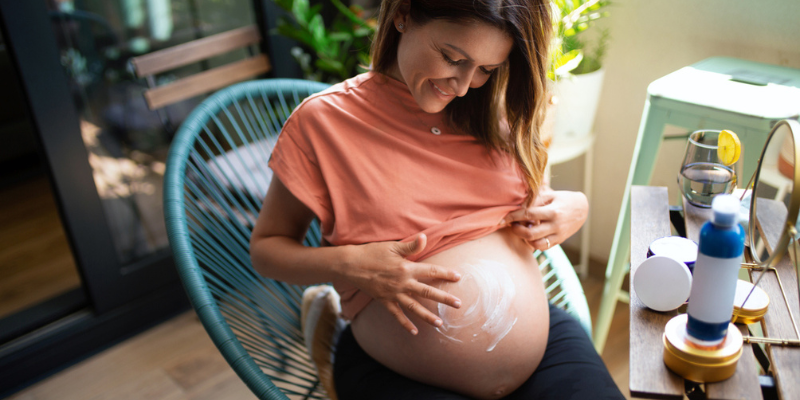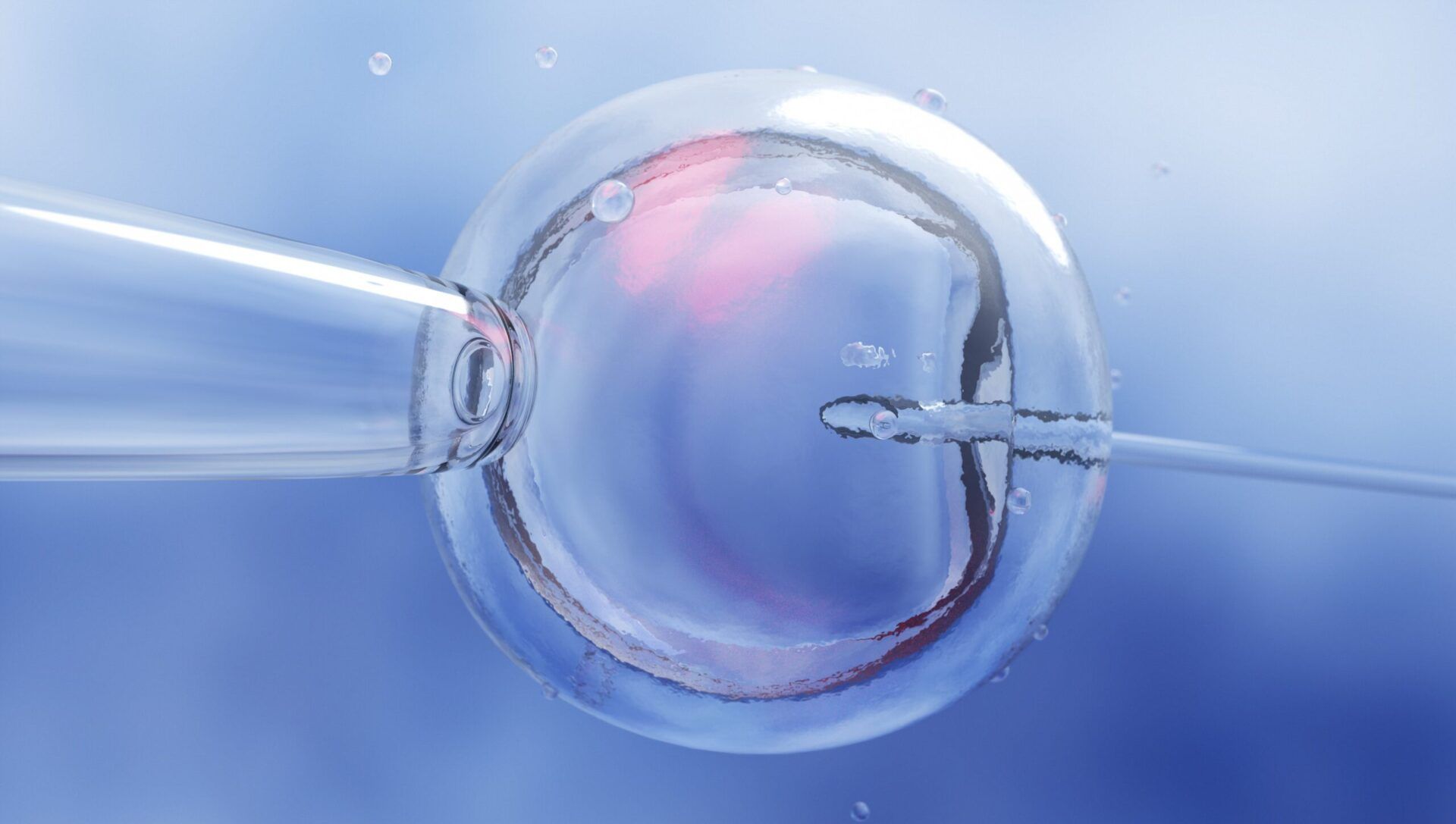The impact of age on fertility
Age is the single most important factor affecting a woman’s fertility. Women are born with a finite number of eggs that decline in both quantity and quality over their reproductive lives.

Age is the single most important factor affecting a woman’s fertility. For women, age-related decline in fertility is natural. Women are born with a finite number of eggs that decline in both quantity and quality over their reproductive lives.
While the effects of age on fertility are more pronounced in women, men also experience age-related declines in fertility. Age-related decline in sperm parameters can also impact a couple’s chances of conceiving and increase the risk of birth defects and neuro-developmental delay. If you are looking to fall pregnant, it is useful to understand what the science says about how age impacts fertility at different stages of your life.
Female fertility in your 20s
Healthy women in their 20s are at their most fertile with the most number of eggs and the highest quality.
This means that not only are your chances of falling pregnant higher, you have a reduced risk of pregnancy complications.
If you are healthy and in your early to mid 20s, you have an approximately 25-30 per cent chance of getting pregnant every month.
Female fertility in your early 30s
Your early 30s are the start of the decline in your fertility, although the chances of getting pregnant are still promising.
Women in their 30s are expected to be about half as fertile as women in their early 20s.
Having sex every two to three days around ovulation is recommended to conceive.
At this age, doctors recommend that you seek help if you have been unsuccessfully trying to conceive with regular intercourse for 12 months.
Female fertility over 35
Once women hit 35, the speed of their fertility decline increases.
Women are born with a finite number of egg follicles which declines in quantity and quality once a woman hits her mid-30s.
While the rate of infertility for women aged up to 34 years ranges from 7.-9. per cent, in women aged 35-39 it has dramatically increased to 25 per cent.
There is decline in egg quality for women over 35 and can lead to increased risk of miscarriage, stillbirth and multiple births (with the ageing ovary more likely to release more than one egg).
The risk of having a baby with chromosomal abnormalities also increases after 35.

Female fertility over 40
The chances of a woman conceiving after 40 in any monthly cycle is approximately five per cent due to a decline in egg quality.
Certain pregnancy-related medical conditions are also more common in older mothers, like gestational diabetes, placenta previa (where the placenta covers all or part of the cervix) and preeclampsia (high blood pressure).
Women who are older mothers are also more likely to need a caesarean section.
The risk of conceiving a baby with a chromosomal anomaly such as Down syndrome also significantly increased for women over 40 and is directly related to maternal age.
A 25-year-old woman has a 1 in 1,200 chance of conceiving a child with Down syndrome, while by age 35 this increases to 1 in 350 and at 40 the risks is 1 in 100, rising to 1 in 30 by the age of 45.
Age and male fertility
While men don’t necessarily have an absolute infertility with increasing age, they do have both a decline in their sexual function and sperm quality with age. Unlike women, age doesn’t generally affect male fertility until a man is in his 40s.
At this age, a decline in fertility typically equates to problems with a man’s sperm.
These problems include a decrease in sperm concentration and sperm motility (the ability for sperm to move effectively and reach the egg), a reduction in sperm morphology (the size and shape of the sperm) and a decline in sperm DNA quality. Each of these factors can make it difficult for sperm to fertilise an egg and impact the ability of a couple to conceive.
Men over 40 are also more at risk of experiencing other potential sexual health problems such as erectile dysfunction and reduced libido.
Older fathers are also more likely to be associated with birth risks including impacts on a child’s health and development.
Men aged 45 or older are more likely to have a child born prematurely with their children more likely to require admission to neonatal intensive care.
Age and fertility treatment
Doctors recommend that if you are over 35 and have not conceived after six months of regular intercourse you should seek medical help.
Typically, doctors will refer women to a fertility service.
Here, additional investigations can be undertaken to determine what may be preventing a woman from conceiving and the best interventions can be recommended.
While there is no way to turn back the clock, there are fertility treatments that can help.
Statistics from Australia show that the chances of a live birth from one complete In Vitro Fertilisation cycle is 31 per cent for women aged 35-39 and 11 per cent for women aged 40-44.
For older women, the chances of a successful pregnancy increase if a woman uses donor eggs from a younger woman as the quality of the egg plays a big part in conception success.

Fertility preservation
One way of stopping the clock on your fertility is to freeze your eggs.
Egg freezing, also called mature oocyte cryopreservation, is the process whereby eggs are harvested from your ovaries, frozen and stored for use at some later date. Eggs that are frozen do not change in quality over time, so you can try to become pregnant at a later date using these frozen eggs.
There are pros and cons to freezing your eggs at any age.
While egg quality is higher when a woman is younger, women in their 20s may not want to undergo treatment or the expense when they may find a life partner to build a family with. However, if considering egg freezing, this is best done before 35 when egg quality is still favourable.
While there is no magic formula for stopping a decline in fertility, ways to boost your fertility at any age include maintaining a healthy weight, not smoking, being aware of stress and environmental toxins and exercising regularly.
If you have questions about your fertility journey or want expert help along the way, contact Adora Fertility. We have locations in New South Wales, Victoria, Queensland and Western Australia.
[1] “Age and fertility”, Better Health Victoria, updated 2021, https://www.betterhealth.vic.gov.au/health/conditionsandtreatments/age-and-fertility, accessed December 2022
[2] “How common is infertility”, US National Institute of Health, 2018, https://www.nichd.nih.gov/health/topics/infertility/conditioninfo/common, accessed December 2022
[3] Walker, M. and Tobler, K., “Female infertility”, National Library of Medicine, updated 2022, https://www.ncbi.nlm.nih.gov/books/NBK556033/, accessed December 2022
[4] “Having a baby after age 35: how ageing affects fertility and pregnancy”, American College of Obstetricians and Gynecologists, reviewed 2021, https://www.acog.org/womens-health/faqs/having-a-baby-after-age-35-how-aging-affects-fertility-and-pregnancy, accessed December 2022
[5] “Pregnancy after 35: Healthy pregnancies, healthy babies”, Mayo Clinic, 2022, https://www.mayoclinic.org/healthy-lifestyle/getting-pregnant/in-depth/pregnancy/art-20045756, accessed December 2022
[6] “About Down Syndrome”, National Down Syndrome Society, 2022, https://ndss.org/about, accessed December 2022
[7] Harris, I., Fronczak, C., Roth, L, Meacham, R., “Fertility and the aging male”, National Library of Medicine, 2011, https://www.ncbi.nlm.nih.gov/pmc/articles/PMC3253726/, accessed December 2022
[8] Brandt, J.S., Cruz Ithier, M.A., Rosen, T. and AShkinadze, E., “Advnaced paternal age, infertility, and reproductive risks: A review of the literature, Prenatal Diagnosis, 2018, https://obgyn.onlinelibrary.wiley.com/doi/10/1002/pd.5402
[9] “How Male Fertility Changes With Age”, Forbes Health, 2022, https://www.forbes.com/health/family/male-fertility-by-age/, accessed December 2022.
[10] “Older fathers associated with increased birth risks”, Stanford Medicine, 2018, https://med.stanford.edu/news/all-news/2018/10/older-fathers-associated-with-increased-birth-risks.html, accessed December 2022.
[11] “Age and fertility”, Better Health Victoria, updated 2021, https://www.betterhealth.vic.gov.au/health/conditionsandtreatments/age-and-fertility, accessed December 2022
Related Articles

The Two Week Wait
If you are trying to conceive you will be familiar with the ‘two week wait.’ This is the stretch o...

How to increase chances of pregnancy
Planning to try for a baby? Beginning your journey or expanding your family is an exciting time. A...

What is In Vitro Fertilisation - And How Does it Work?
In Vitro Fertilisation - known as IVF - was once a medical miracle. We’ve come a long way since 19...